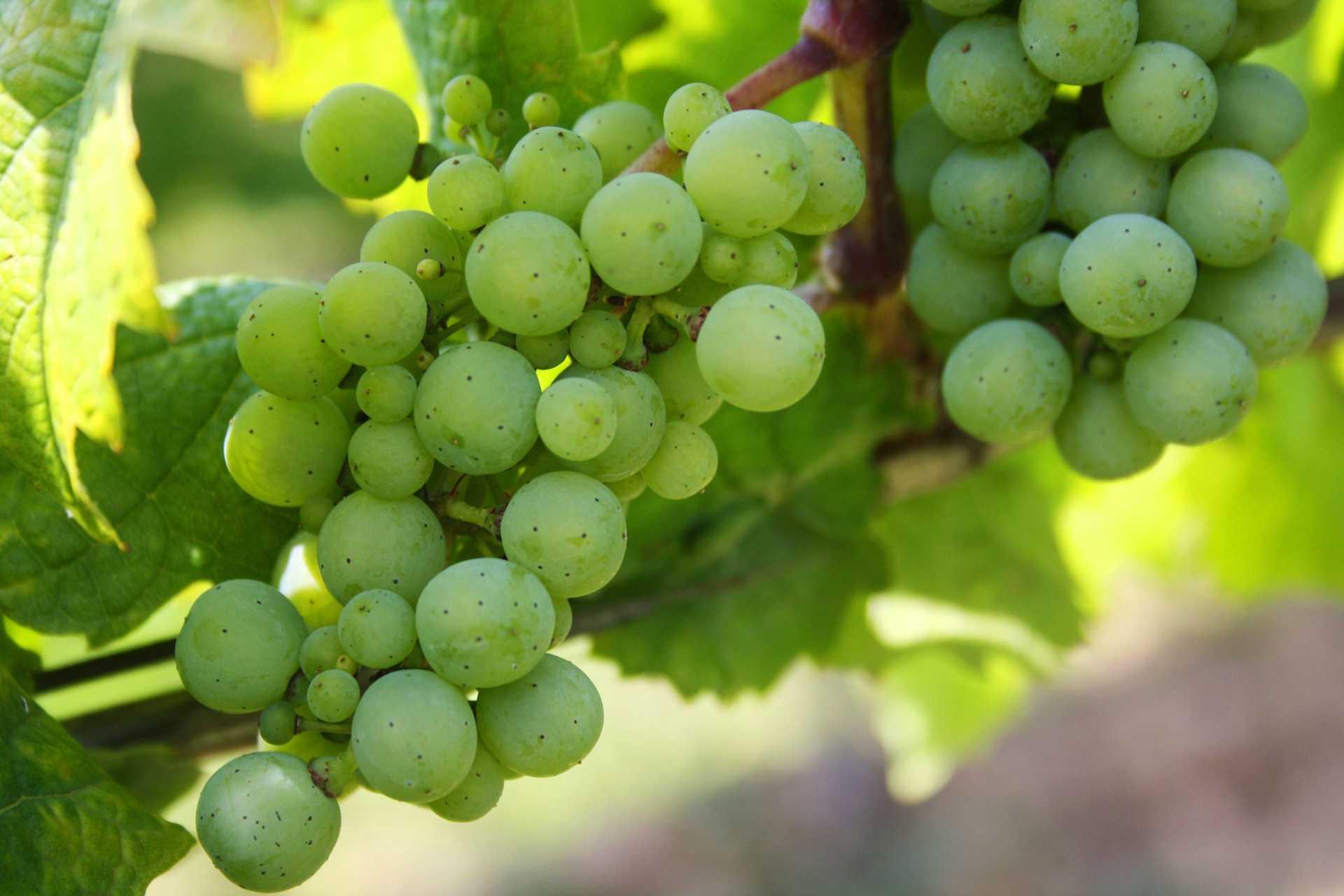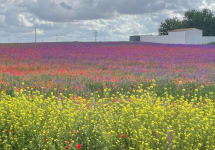Gulp Hablo Orange (1 Liter) 2021



Product Details
Your Rating
Somm Note
Winemaker Notes
A blend of equal parts Verdejo and Sauvignon Blanc, a common combination for the white wines of the region, and here made into an orange wine via a week of maceration on the skins. Aromatics of orange blossom and tropical jackfruit with moderately tannic dried citrus peels, tea and preserved apricots on the yeasty and textured plate.
Bottled unfined and unfiltered.






Gulp/Hablo, Friend and Farmer, and HAND WORK is the dream of three brothers, Francisco, Javier and Luis Parra. The hope was to celebrate their home of La Mancha by raising organically and biodynamically grown grapes. When it comes to the winemaking behind Friend and Farmer, Hand Work and Gulp/Hablo they partnered with the exceptional Juan Antonio Ponce of Bodegas Ponce.
The Parra brothers work two vineyards near the town of Las Mesas. One is Entresendas (between paths) sitting in a dried river bed. These rich, alluvial soils are perfect for the cultivation of grapes reflecting light and heat and ensuring drainage.
The other vineyard is Olla del Monte is perhaps easily represented by its other name: Cuesta Colorá, the colored slope. This gentle slope is covered in chalky clay and a fine layer of pebbles on the surface that capture and radiate the heat of the sun—a key benefit during the desert nights.
Gulp/Hablo wines are Demeter and vegan certified with only naturally occurring sulfites. They are clean, fresh, easy to drink and made to please any wine-drinking crowd.

With hundreds of white grape varieties to choose from, winemakers have the freedom to create a virtually endless assortment of blended white wines. In many European regions, strict laws are in place determining the set of varieties that may be used in white wine blends, but in the New World, experimentation is permitted and encouraged. Blending can be utilized to enhance balance or create complexity, lending different layers of flavors and aromas. For example, a variety that creates a soft and full-bodied white wine blend, like Chardonnay, would do well combined with one that is more fragrant and naturally high in acidity. Sometimes small amounts of a particular variety are added to boost color or aromatics. Blending can take place before or after fermentation, with the latter, more popular option giving more control to the winemaker over the final qualities of the wine.

The Moors gave it the name, ‘Manxa,’ which fittingly means ‘parched earth.’ La Mancha, the largest Spanish wine producing region in all of Spain, is one of its hottest and driest. Sturdy and drought-resistant white varieietes like Airen, Viura and Verdejo thrive in this environment.
